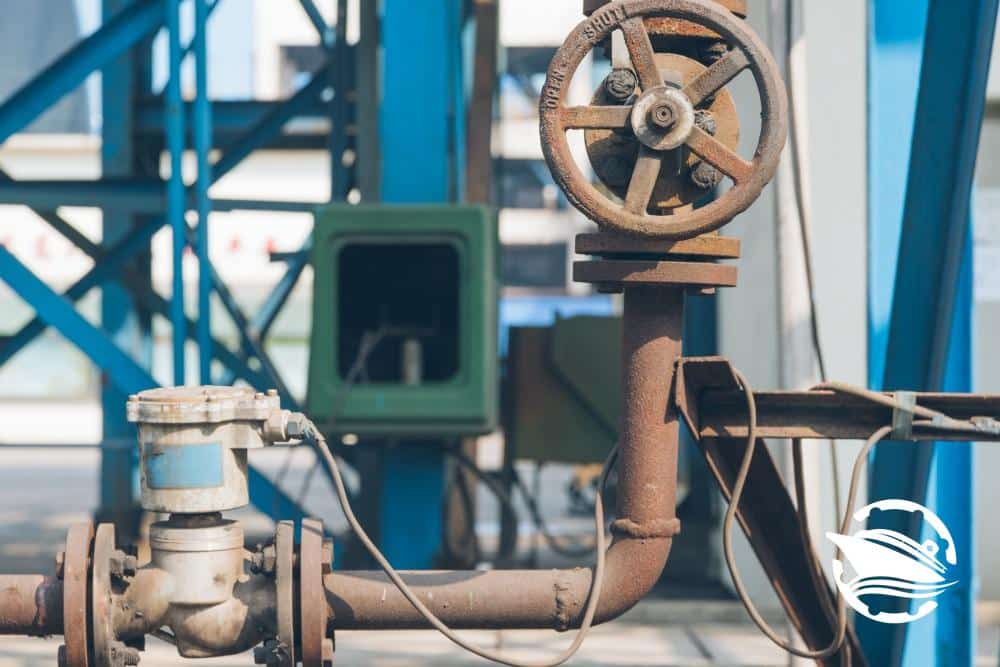Whether you’re a novice sailor or an experienced seafarer, understanding how boat plumbing works can be essential for the maintenance and repair of your vessel. Boats have many of the same systems as land-based dwellings, but they need special consideration due to the environment in which they are used. In this article, we will discuss the basics of boat plumbing and its components.
Read More: Marina Boat Repair Contractor
Boat Plumbing Components
The most important component of any boat’s plumbing system is the freshwater tank. The tank stores all of the freshwater that is necessary for use on board and provides it to sinks and showers, as well as to fixtures like toilets. Fresh water tanks are usually made from plastic or metal, though fiberglass tanks are available as well.
Boat Pump
The next important component is the pump. The pump is responsible for pumping water throughout the entire system, including into sinks, showers, and toilets. It also serves as a pressure regulator so that there is always enough pressure in the system to keep it running correctly. Pumps come in a variety of sizes and shapes depending on their purpose; some may be electric while others are manual pumps operated by hand.
The final key component of boat plumbing is what’s called a seacock or thru-hull fitting. This fitting connects the plumbing system directly to the ocean or lake where your boat is located so that it can draw in fresh water when needed. These fittings must be carefully monitored because if they become blocked with debris or other material, it can cause major problems with your plumbing system.
Seacocks also come in different sizes depending on their purpose; larger ones may be used for filling freshwater tanks while smaller ones are used for draining waste water from onboard systems or flushing out bilge areas.



